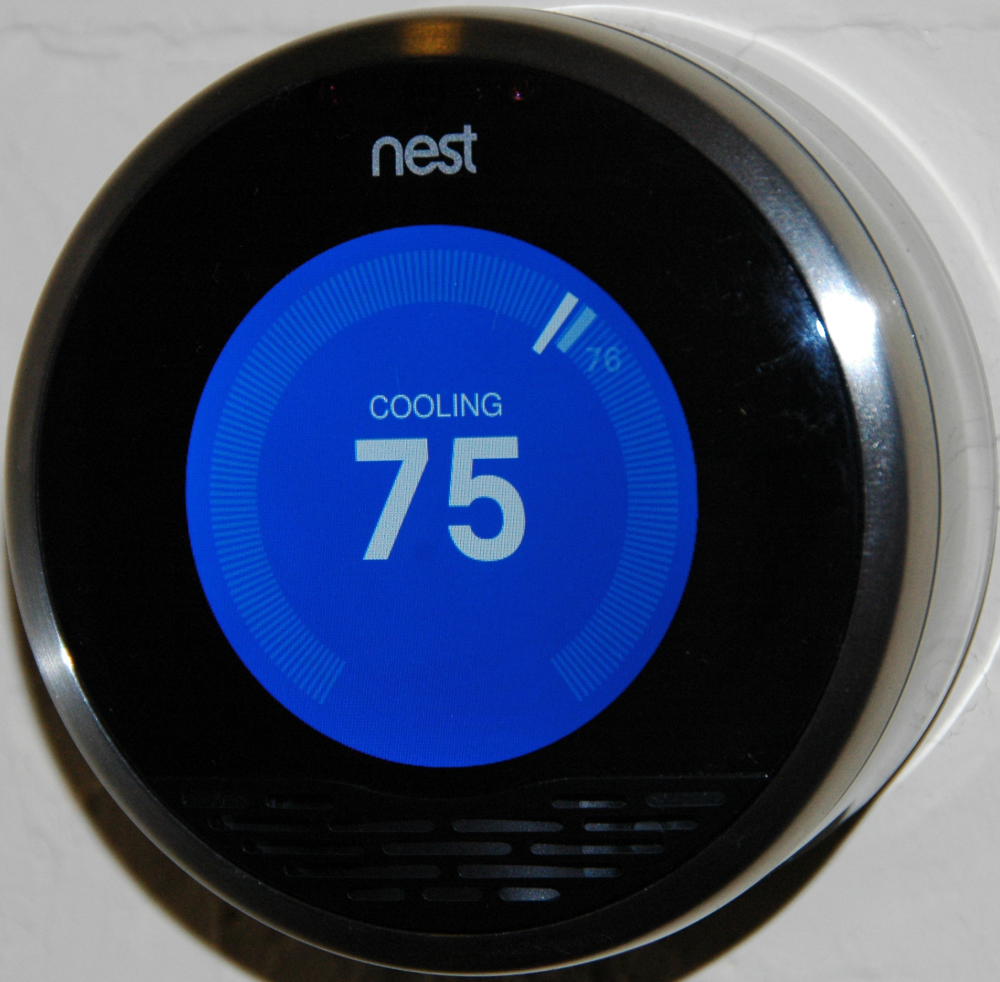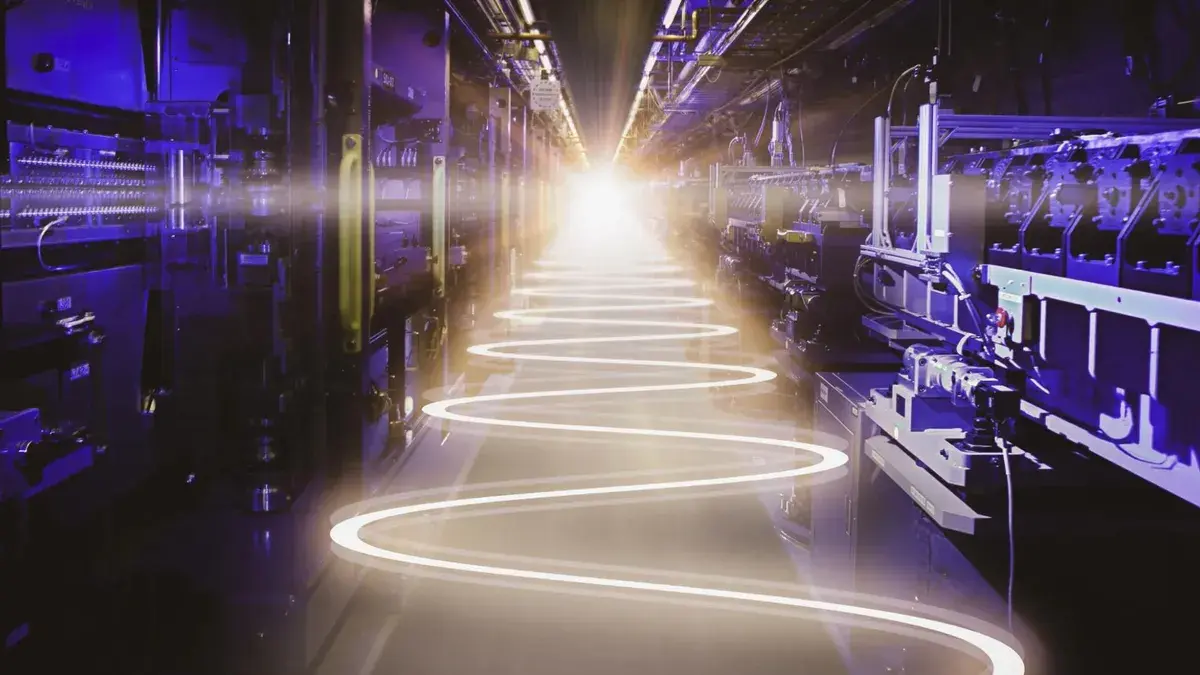Artificial intelligence is going to be playing an increasingly important role in the design and operation of smart homes. For those interested in designing their own smart homes, there are now online software packages to help people design and customize their homes quickly and get a price within 24 hours.
At the same time, the interior design of living rooms, bedrooms, kitchens, and entire homes is increasingly influenced by smart home ideas and technologies. Some might think that smart homes are only for the wealthy, but a company called Royal Homes, along with Habitat for Humanity, are building new, smart, prefabricated homes that are affordable. The automation of smart homes will occur in varying degrees depending on homeowner preference and financial circumstances.
According to Australia’s Queensland Department of Housing and Public Works, smart and sustainable homes and communities must meet certain design objectives as follows:
- Integration – Integrating a home into the natural, social, and economic environment where it will be located.
- Community Involvement – Acknowledgment that sustainability can best be achieved by valuing the support and involvement of the entire community.
- Precautionary Behavior – Taking defensive measures to prevent environmental degradation when there is the possibility of the threat of serious and irreversible damage. Waiting for irrefutable scientific evidence may be too late.
- Equity Within and Between Generations – Treating all generations – young, old, future, and anywhere in between, with fairness and equal access to opportunities.
- Continual Improvement – When environmental crises occur, it is imperative to take action to promote sustainability and continual improvement of living environments and the natural world.
While individual homeowners and homebuilders are increasingly interested in smart homes, large service providers such as Comcast and Whirlpool are developing an increasing number and range of automated technologies for homes. As these large providers ramp up their services, a good number of DIY enthusiasts are creating their own smart home systems using a variety of off-the-shelf electronic components and products.
However, at this stage, according to the Argus Insights Report, many consumers are to this point uninterested in smart home technology because they don’t yet understand how it will be beneficial to them. At the same time, the threat and worry over cyber attacks and the infiltration of home networks through smart home systems is another drag on adoption.
The following video, “Future 2030 Vision Spec Commercial for AI House – My AI Smart House,” discusses smart home technologies.







